Results for {phrase} ({results_count} of {results_count_total})
Displaying {results_count} results of {results_count_total}
Popular Searches: DiseasesTreatmentsDoctorsHospitalsWhole person careRefer a patientInsurance

Osteoarthritis (OA), known in Ayurveda as Sandhigata Vata (sandhi=joint), occurs due to degeneration of protective cartilage at the ends of bones over time. It is characterized by joint pain, stiffness, swelling, and restricted mobility.
Ayurveda attributes OA to a predominantly Vata dosha imbalance and depletion of Shleshak Kapha (synovial fluid). Aggravated Vata, caused by factors like aging, obesity, poor diet, stress, or lifestyle, accumulates in the joints, leading to dryness, stiffness, and pain.
Although osteoarthritis can affect any joint, it is predominantly seen in weight-bearing joints such as the knees, hips, and spine.
Apollo AyurVAID offers a holistic and highly individualized, protocol-driven approach (Precision Ayurveda) to manage arthritis by targeting the root causes of the disease rather than merely addressing symptoms.
Our whole-person health assessment identifies the underlying root cause of the condition. Based on this assessment, a specially trained team of Ayurvedic physicians develops a personalized protocol comprising classical Ayurvedic medications and therapies, targeted functional rehabilitation, and customized diet and lifestyle adjustments.
An integrative and multidisciplinary approach to arthritis potentially avoids the need for surgical interventions.
While the outcomes may vary from patient to patient, in general, patients can expect:
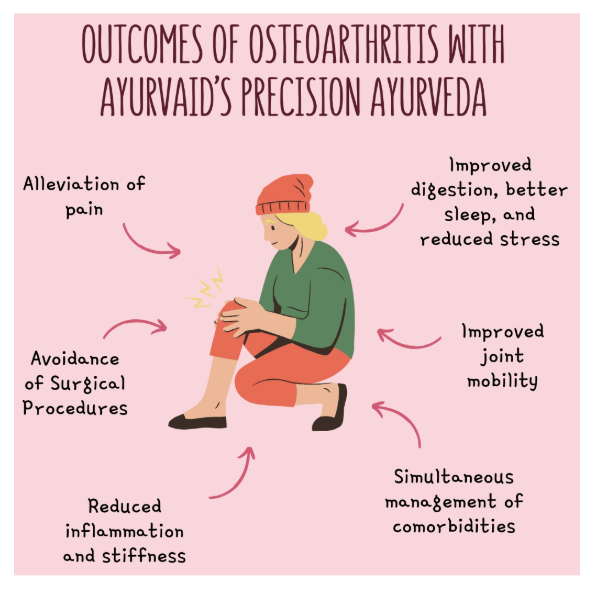
The disease develops through a complex chain of physiological events involving the aggravation of Vata dosha and the depletion of Kapha dosha. Various dietary, lifestyle and environmental factors can contribute to the imbalance of Vata dosha, which varies from one individual to another.

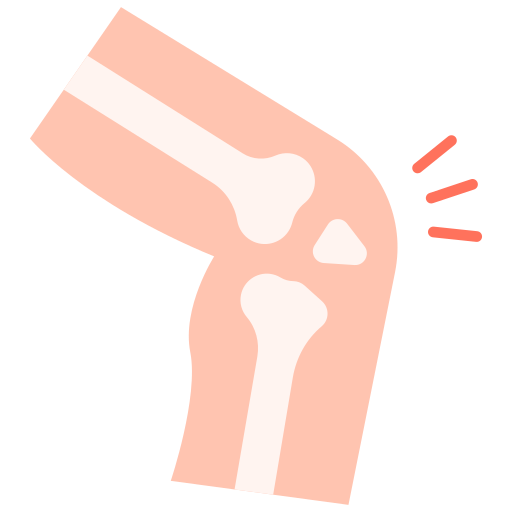
Joint Pain (Sandhishoola):
Pain worsens during movement or with pressure and often impacts regular activities such as walking, climbing stairs, or holding objects.
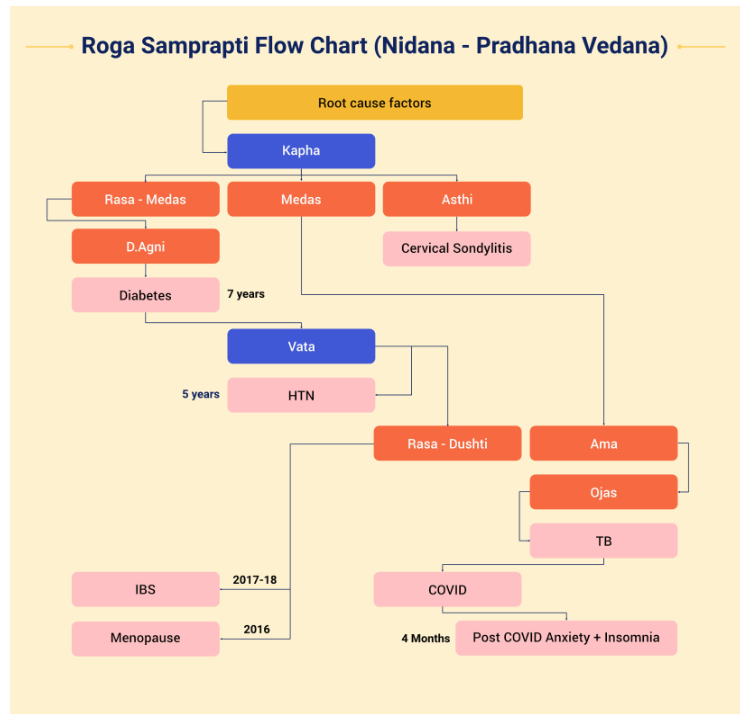

The Apollo AyurVAID’s protocol-driven approach (Precision Ayurveda) focuses on controlling symptoms and aims to prevent disease progression, minimize disability, and enhance the quality of life.
Ayurvedic treatment for arthritis takes a holistic approach. It aims to balance the doshas, eliminate toxins, nourish the joints, and improve overall vitality. The type of treatment and its duration are tailored to the severity of the disease.
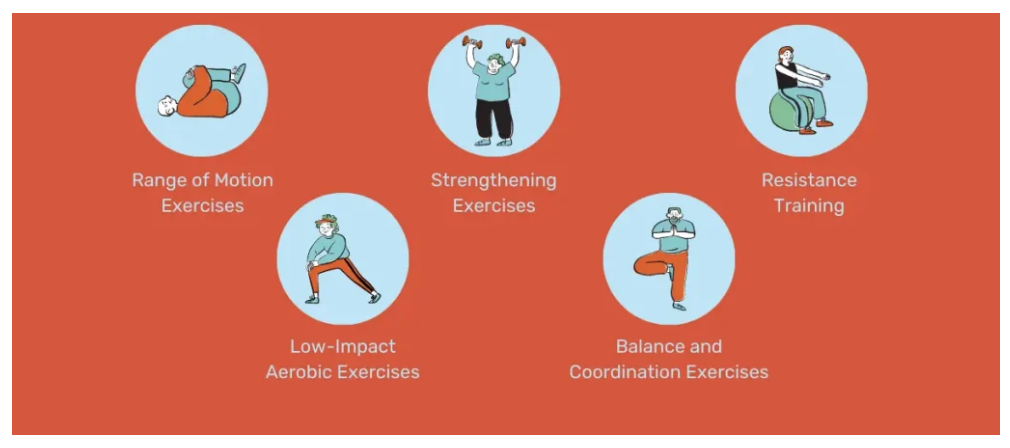
AyurVAID follows a structured, protocol-driven approach to ensure effective treatment and sustainable recovery.
Pre-treatment
To ensure effective treatment and track progress, baseline values are taken using:
Case 1: A 58-year-old female patient with a 2-year history of severe osteoarthritis
Case Summary:
The patient presented with severe bilateral knee pain, multiple joint pain and stiffness, and restricted neck and shoulder movements, all significantly impacting her daily life.
The initial assessment revealed severely compromised mobility, an inability to perform basic tasks like writing and holding objects, disturbed sleep, and a poor appetite. X-rays showed wear and tear with bony growths (osteophytes) in both knees, but Inflammatory markers were normal.
The patient underwent an 18-day intensive Ayurvedic treatment (external therapies, internal medications, and specialized procedures). Post-treatment, pain levels were markedly reduced, functional improvements were noted, independence in daily activities was regained, and quality of life was improved with normalized appetite and improved sleep.
Case 1: A 58-year-old female patient with a 2-year history of severe osteoarthritis
Case Summary:
The patient presented with severe bilateral knee pain, multiple joint pain and stiffness, and restricted neck and shoulder movements, all significantly impacting her daily life.
The initial assessment revealed severely compromised mobility, an inability to perform basic tasks like writing and holding objects, disturbed sleep, and a poor appetite. X-rays showed wear and tear with bony growths (osteophytes) in both knees, but Inflammatory markers were normal.
The patient underwent an 18-day intensive Ayurvedic treatment (external therapies, internal medications, and specialized procedures). Post-treatment, pain levels were markedly reduced, functional improvements were noted, independence in daily activities was regained, and quality of life was improved with normalized appetite and improved sleep.
Lorem ipsum dolor sit amet, consectetur adipiscing elit. Ut elit tellus, luctus nec ullamcorper mattis, pulvinar dapibus leo.
World Health Organization 2013. WHO Traditional Medicine Strategy; WHO traditional medicine strategy: 2014-2023
Subscribe to our hospital newsletter for the latest health tips, updates on services, patient stories, and community events. Sign up today and stay informed!
We update our articles as new material becomes available, and our specialists keep a close eye on the health and wellness industry.




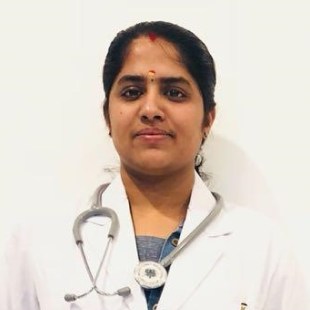
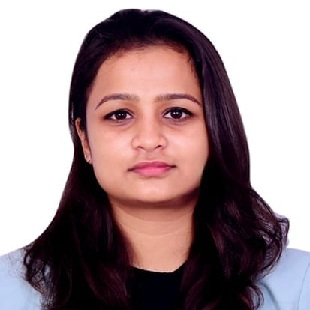
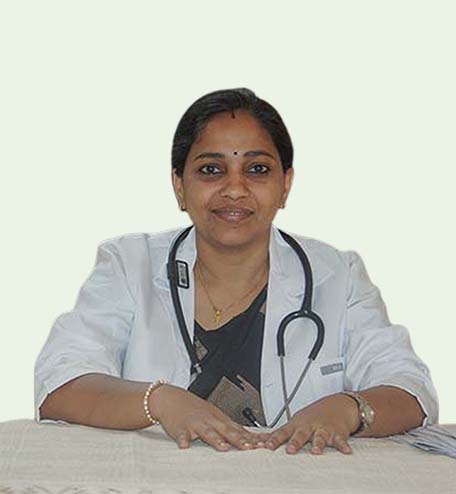



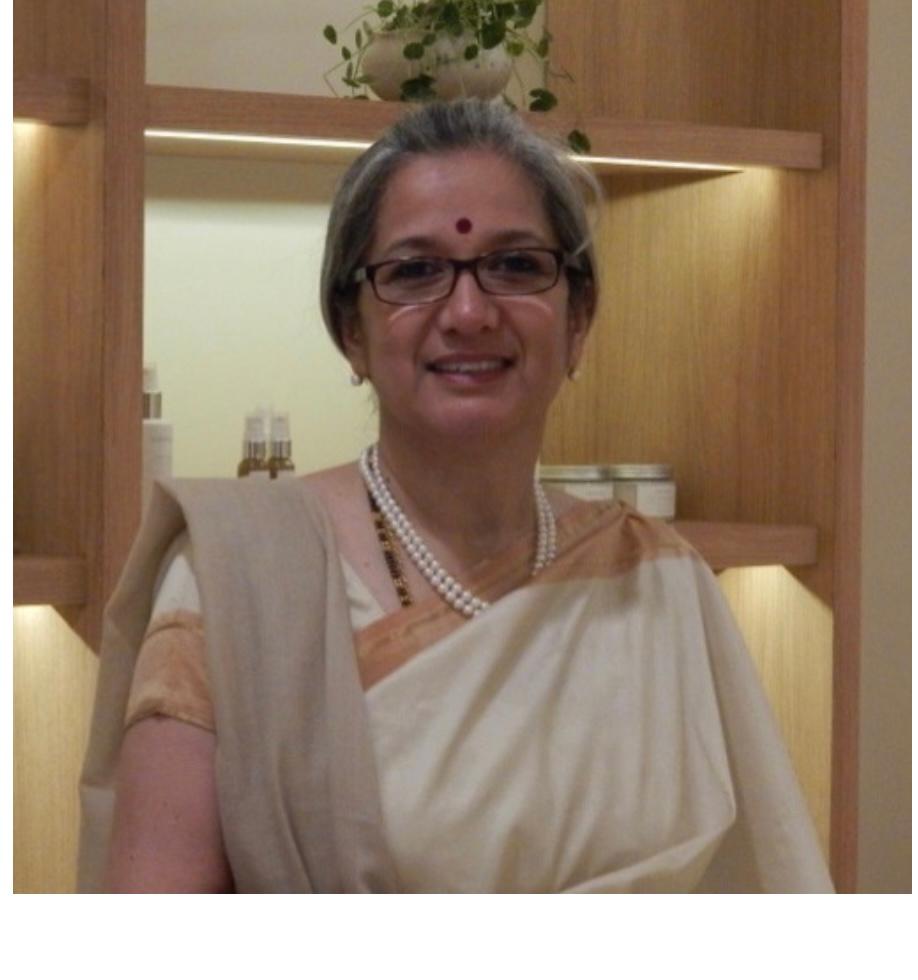



Report Problem
Ayurveda Parasurgery Autoimmune Disorders Blood Disorders Cardiology Dermatology Endocrinology Ear-Nose Throat-Mouth Elder-Care Gastrointestinal Gynaecology Integrative Oncology Infectious-Diseases Liver-Hepato-Biliary-Care Mental Health and De-addiction Male-Reproductive-Disorders Nephrology Neurological-Disorders Orthopaedic Disorders Ophthalmology Obstetrics-Integrative Preventive-Health-Wellbeing Pulmonology Pediatric-Development-Disorder Sleep-Disorders
Any use of this site constitutes your agreement to the Terms and Conditions, Privacy Policy and Cancellation and Refund Policy
©2025 AyurVAID Hospitals. All rights reserved.
Popular Searches: DiseasesTreatmentsDoctorsHospitalsWhole person careRefer a patientInsurance